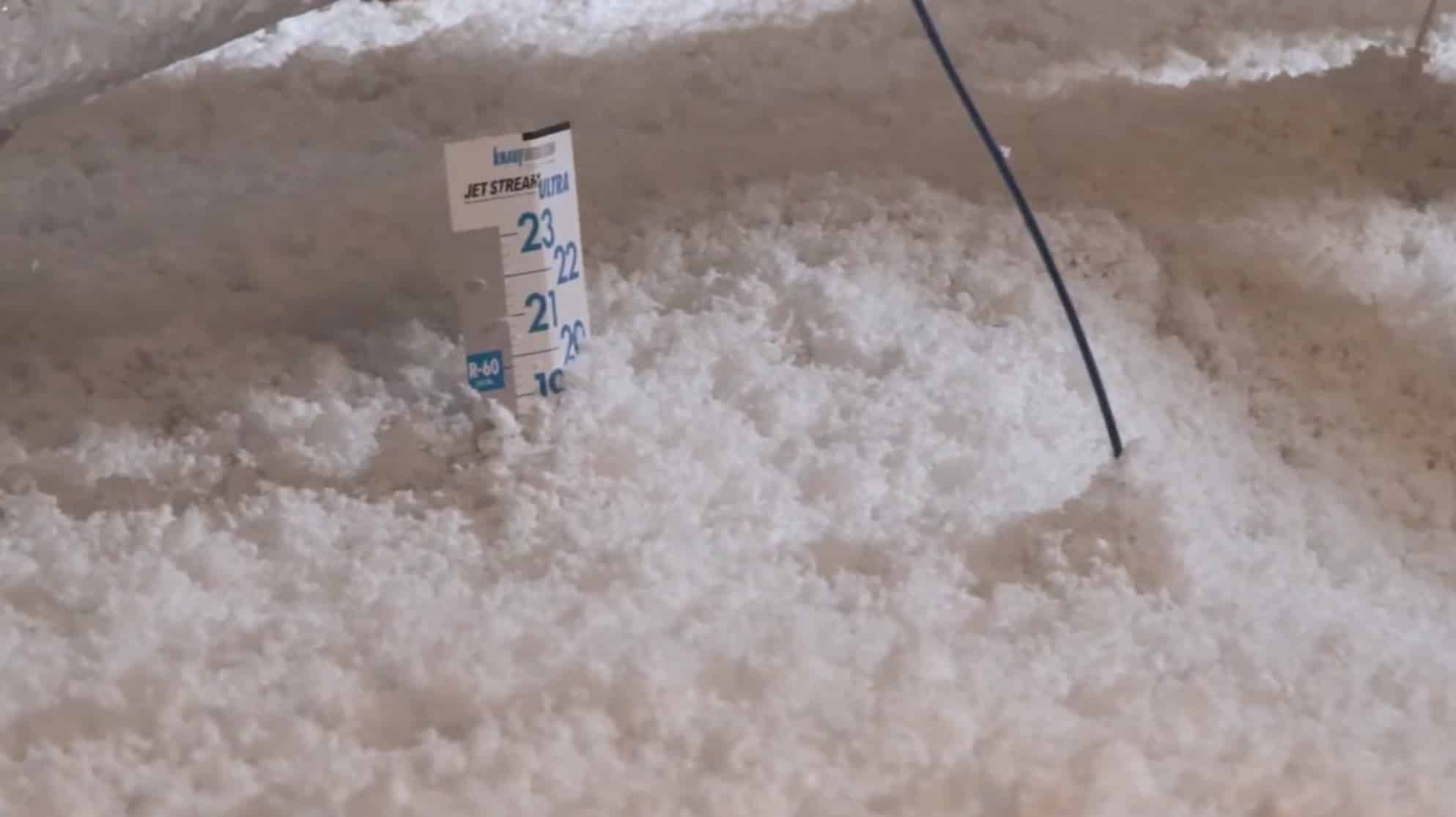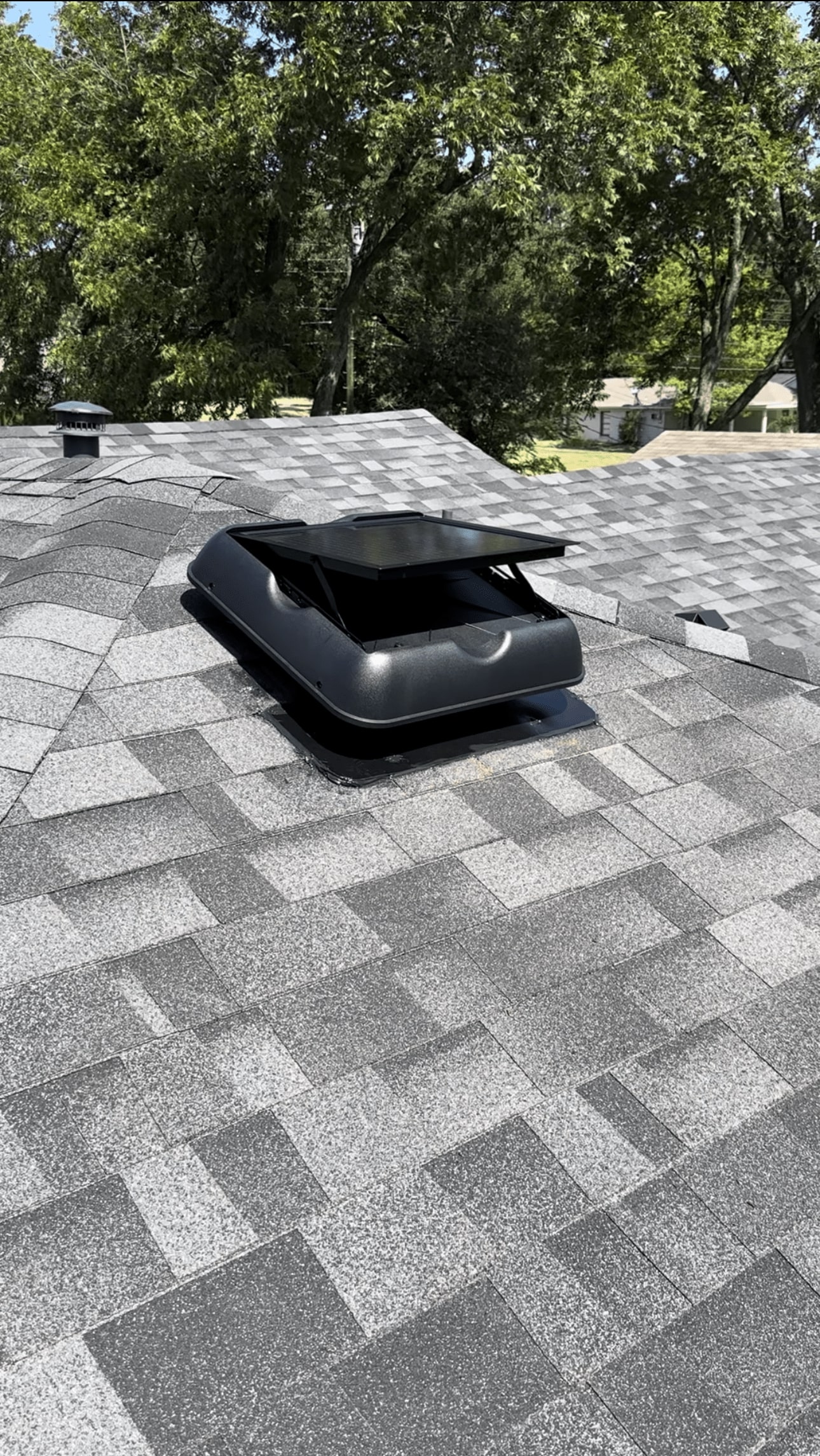The 7-Second Trick For Green Attics
The 7-Second Trick For Green Attics
Blog Article
What Does Green Attics Mean?
Table of ContentsGreen Attics for BeginnersTop Guidelines Of Green AtticsThe Best Guide To Green AtticsGreen Attics Things To Know Before You BuyAll about Green AtticsThe Basic Principles Of Green Attics
Uploaded by Solution Champions Air Conditioning BlogWhen you turn on your home heating, you desire it to remain inside your home - HVAC installation. Powering up the home heating creates the warmth to climb straight up right into your attic. It's then as much as your attic insulation to do its job and obstruct the warmth from escapingWhich attic room insulation is best? This short article will outline the 4 kinds of attic room insulation you can choose from, plus dive into the pros and disadvantages of each.

Green Attics for Dummies
Batts are large, rolled up sheets of product which are integrated along with a chemical vapor. This vapor serves as an adhesive. Why is fiberglass batt insulation so popular? It's several benefits include: All at once, fiberglass is considerably eco-friendly. The fiberglass itself is produced from sand which is then developed into glass, which counts as a sustainable energy source.
Fiberglass batt insulation seldom shrinks or falls down. This is due to the air pockets that take place in production. Setup is straightforward. Actually, it's so uncomplicated that several home owners choose do it yourself installment. If you follow this path, you 'd be evading an installation charge. Fiberglass batt insulation is also soundproof, assisting reduce exterior noises and maintain internal audio inside the building.

Some Ideas on Green Attics You Should Know
If dampness is taken in by the fiberglass batt insulation, it can reproduce dangerous mold. Rodents and various other unwanted visitors like fiberglass batt insulation, and frequently make it their home. Therefore, rodent invasions are an actual opportunity. If you like the concept of fiberglass yet aren't crazy about making use of batts, then blown-in fiberglass might be the method ahead for you.
When using the blown-in approach, it fills up the attic much better, guaranteeing it's air-tight. This minimizes the amount of hot air running away and cool air getting in. It takes a matter of hours to get your attic room insulation up and running.
It requires much more maintenance than other kinds of attic insulation on our checklist. Should the insulation obtain damp, removing the insulation isn't as easy as removing fiberglass batts.
This attic room insulation is additionally blown-in making use of a blowing maker, however the product utilized is different. The product used right here is cellulose. This is made from all different recycled product, including things constructed out of wood, newspapers, and cardboard. After that, boric acid and various other materials are related to flame-proof the attic room insulation.
Our Green Attics Ideas
(https://www.4shared.com/u/FXM9hT76/nealromo01.html)
Is blown-in cellulose insulation worth it? Right here's what it can offer your home: Generally, blown-in cellulose is better for the earth. With cellulose being made from simply reused material, there's no requirement to generate new material. Recycling this is green. The boric acid and various other compounds help to fire evidence the insulation and slow down the spread of fires.
Blown-in cellulose insulation has an R-Value that is 23 percent more than fiberglass batts. Cellulose also helps in reducing wind-washing. What are the disadvantages of setting up blown-in cellulose insulation in your attic room? Here are the downsides: Cellulose is environment-friendly, however the more compounds that are included are not. Boron is required to develop boric acid, and the mining process that mines boron is harmful to the setting.
Cellulose additionally doesn't blend well with fluid. Must it become moist, mold and mildew can expand rapidly and spiral uncontrollable. Fixing this circumstance can be labor and time extensive, as you'll need to choose up the insulation little by little, rather than in one roll. The final kind of attic room insulation is spray foam insulation.
Unknown Facts About Green Attics
Unlike all the other types of attic room insulation, spray foam insulation is the only kind to come as a liquid. After being splashed, it enlarges and grows, and after that sets as a sturdy foam. This foam slides nicely right into any kind of gaps, locking impermeable, and cuts off any Bonuses getaway courses for your home heating.
What are the negative aspects of spray foam insulation?: The ahead of time settlement for spray foam insulation is greater than the various other sorts of attic insulation on our checklist. Yet, it deserves thinking about that, because of high degrees of energy performance, it'll likely cancel or perhaps end up being cheaper in the long-run to keep your home cozy.

Little Known Facts About Green Attics.
Great treatment needs to be taken around the foam, and you'll need to use safety glasses, a mask, and a respirator. With 4 types of attic insulation and their pros and disadvantages, you're now able to make an informed decision, knowing the benefits and downsides to each. That's why I can state with self-confidence that the best means to protect my attic room is with economical cellulose or fiberglass insulation used over an airtight attic flooring.
Report this page